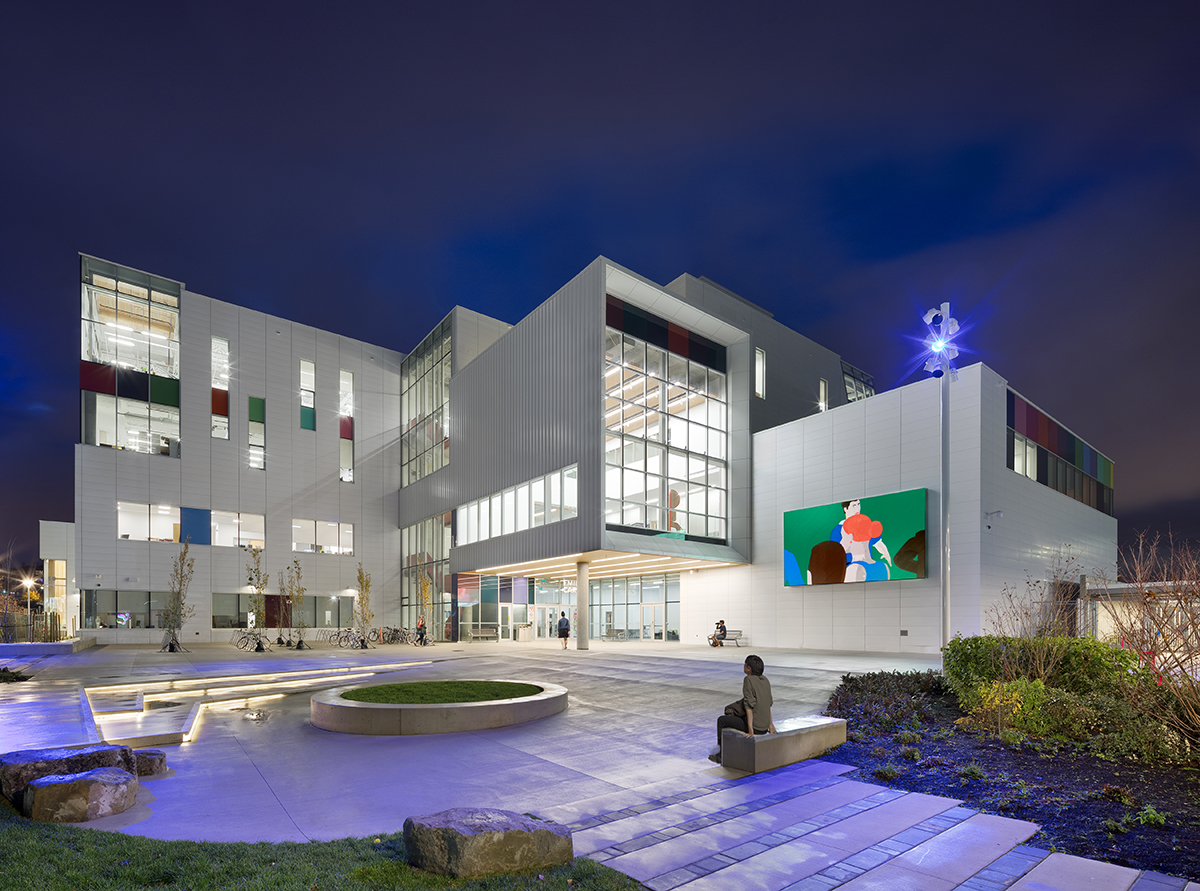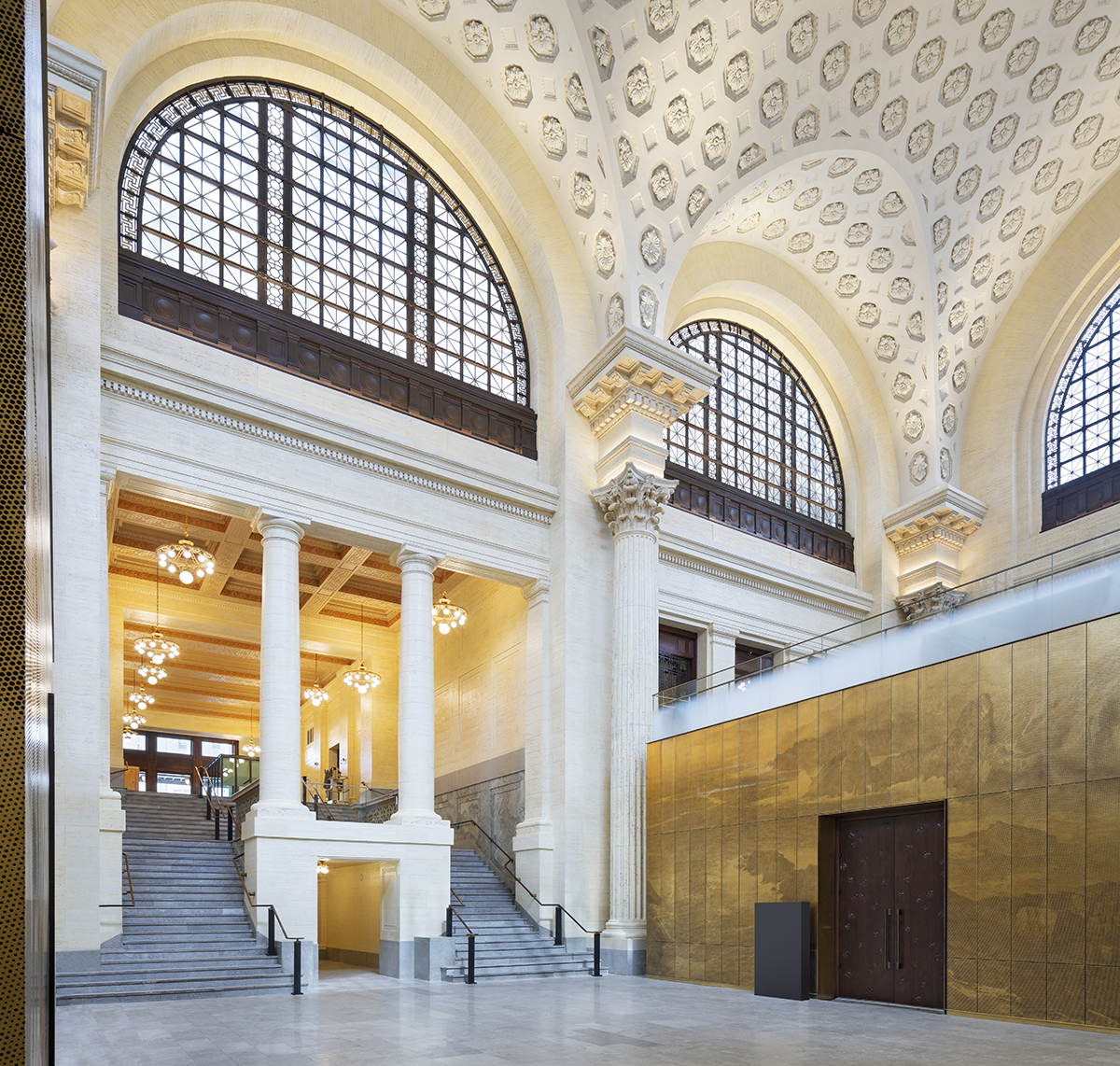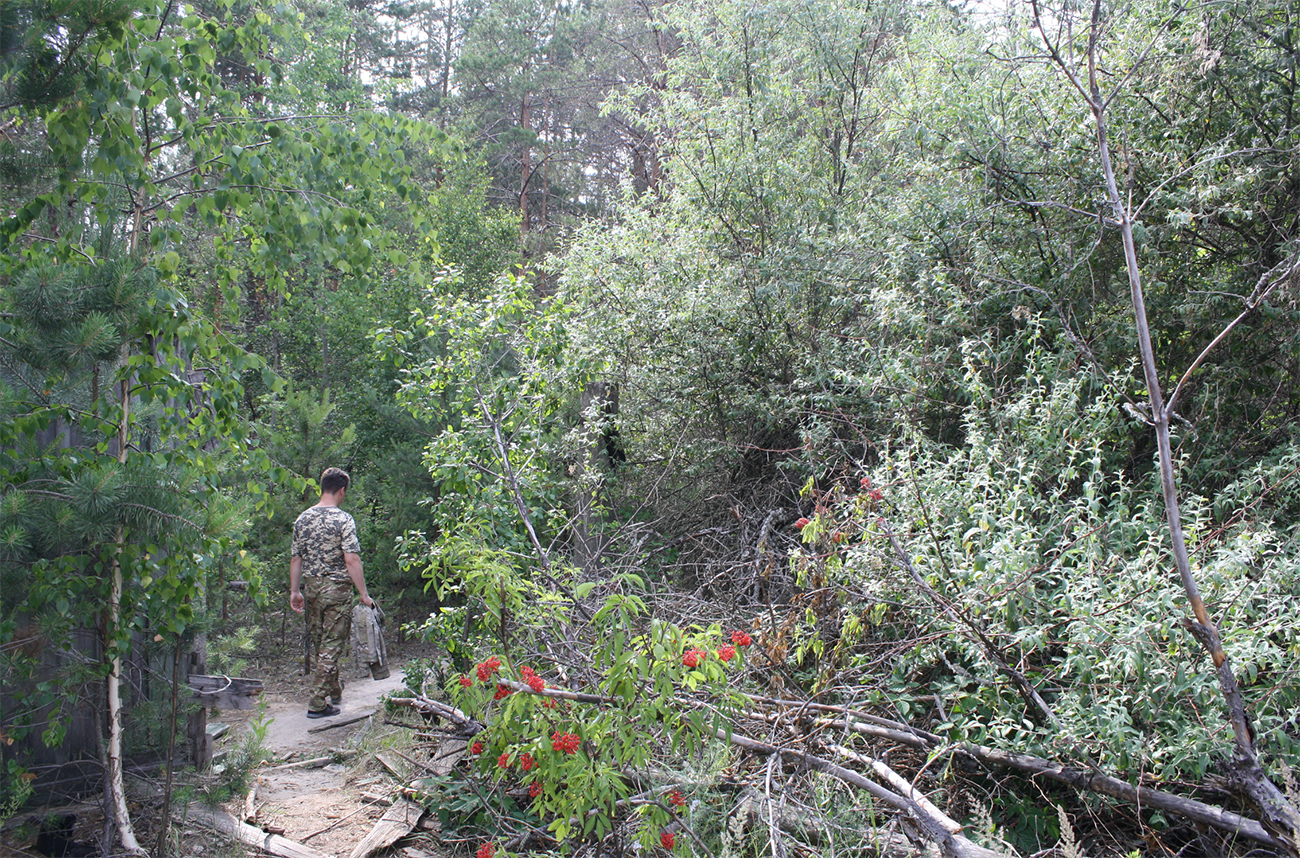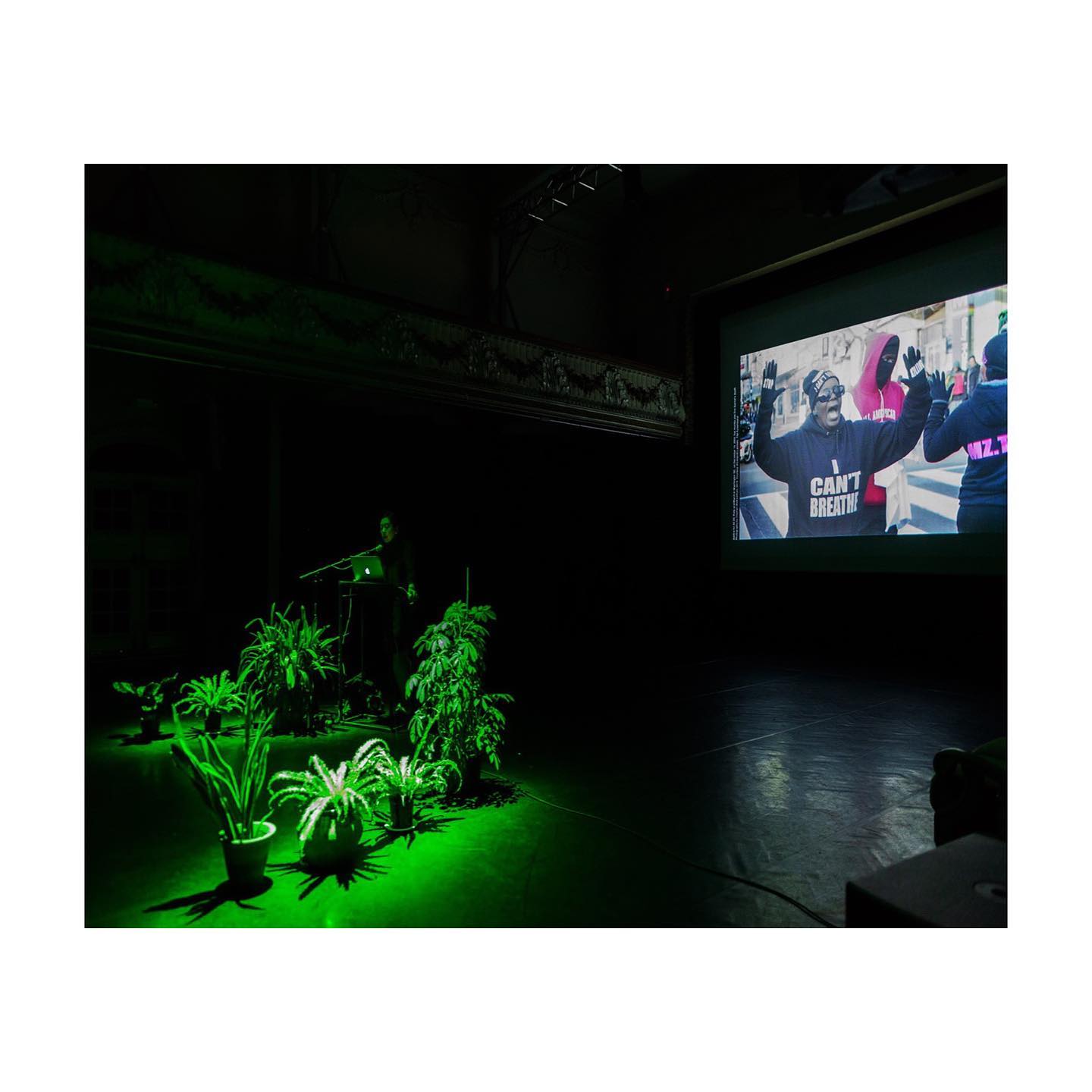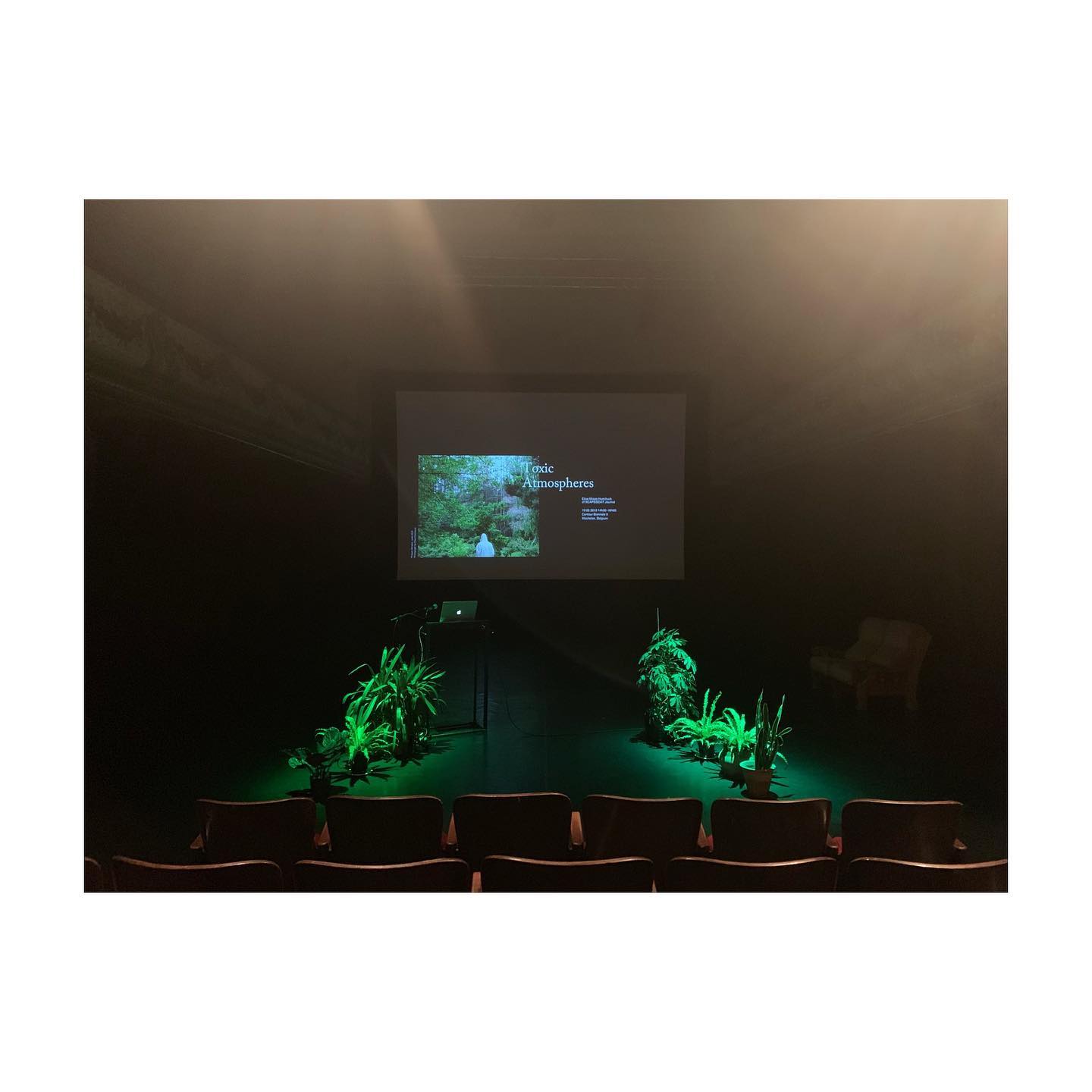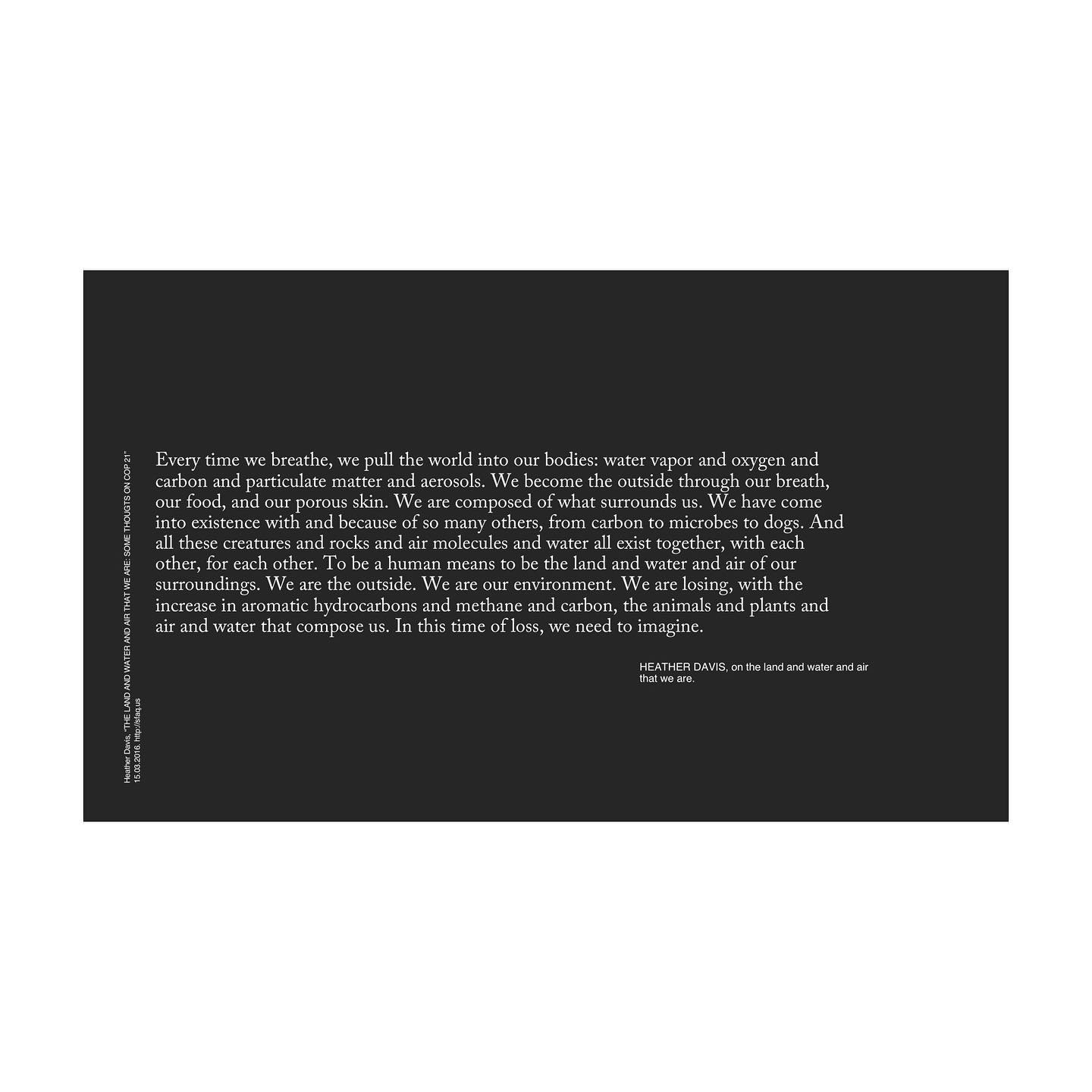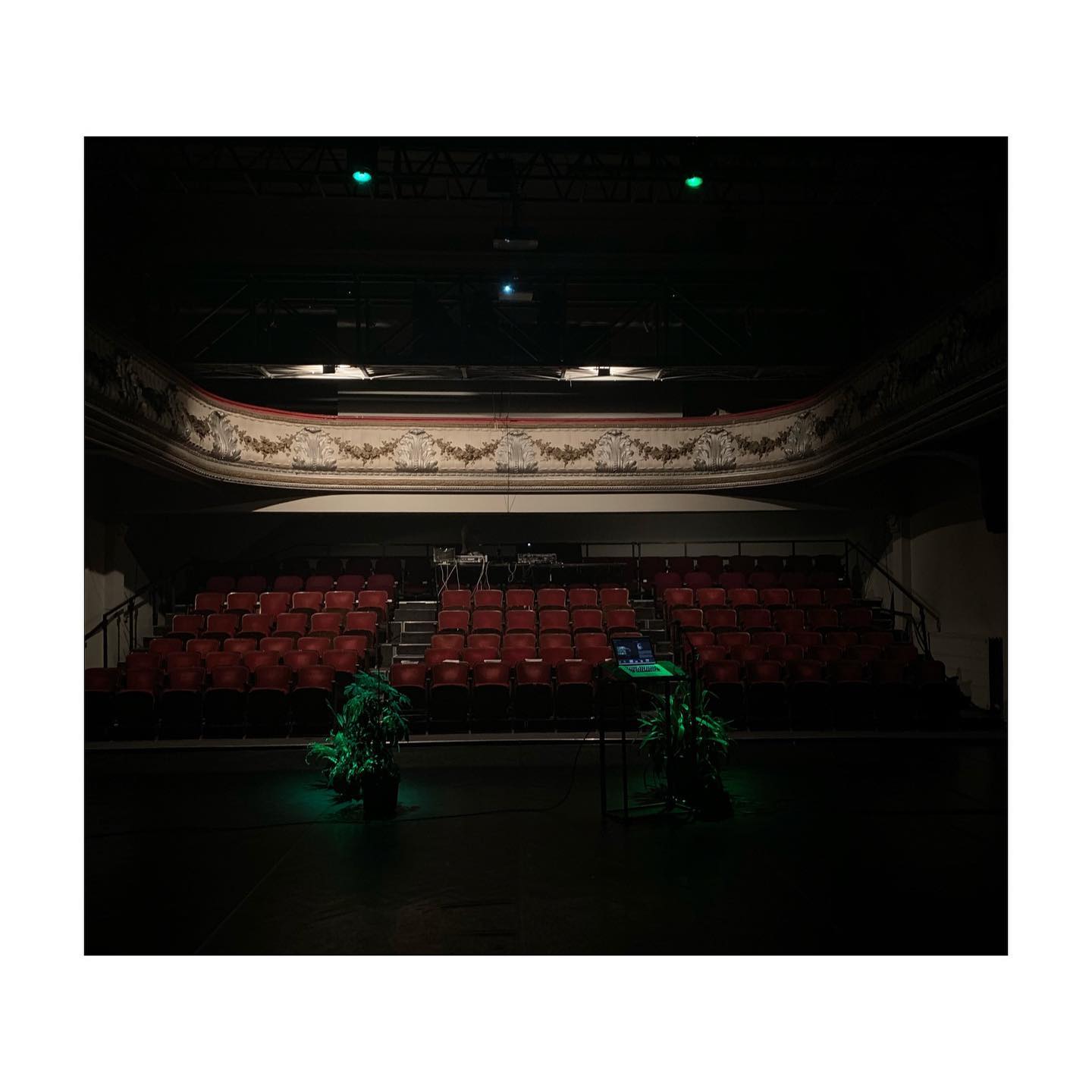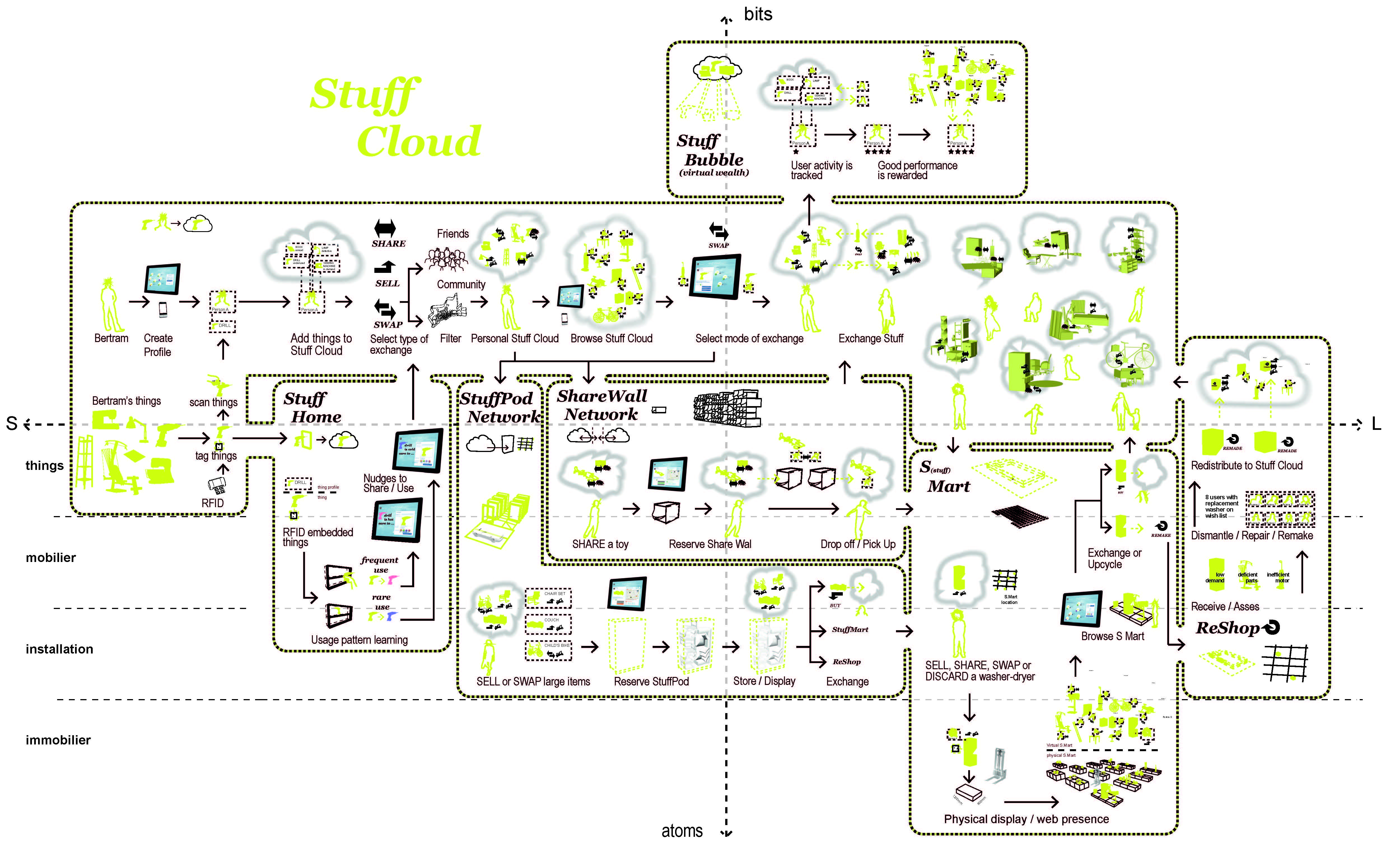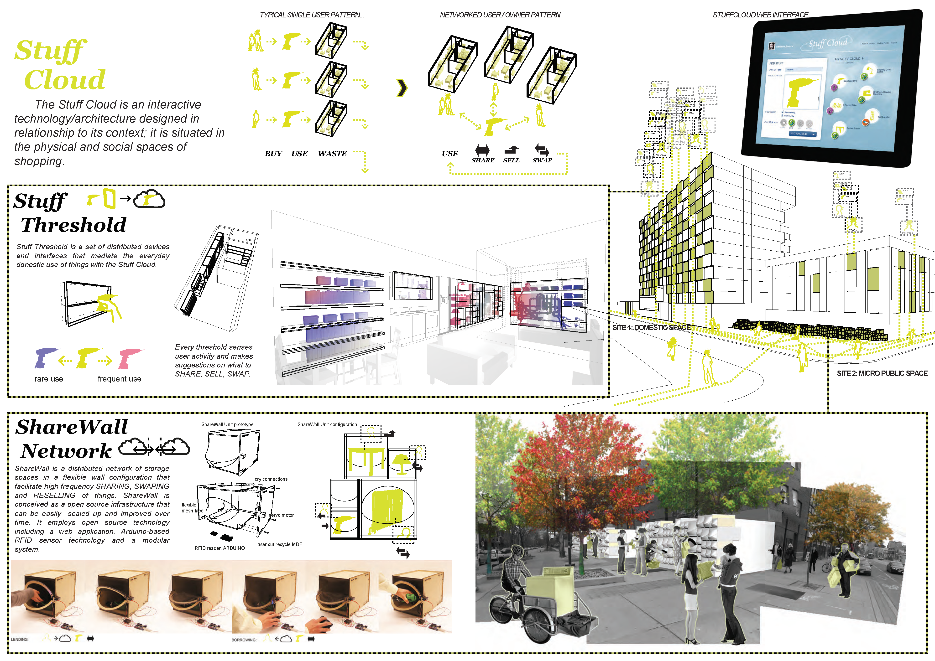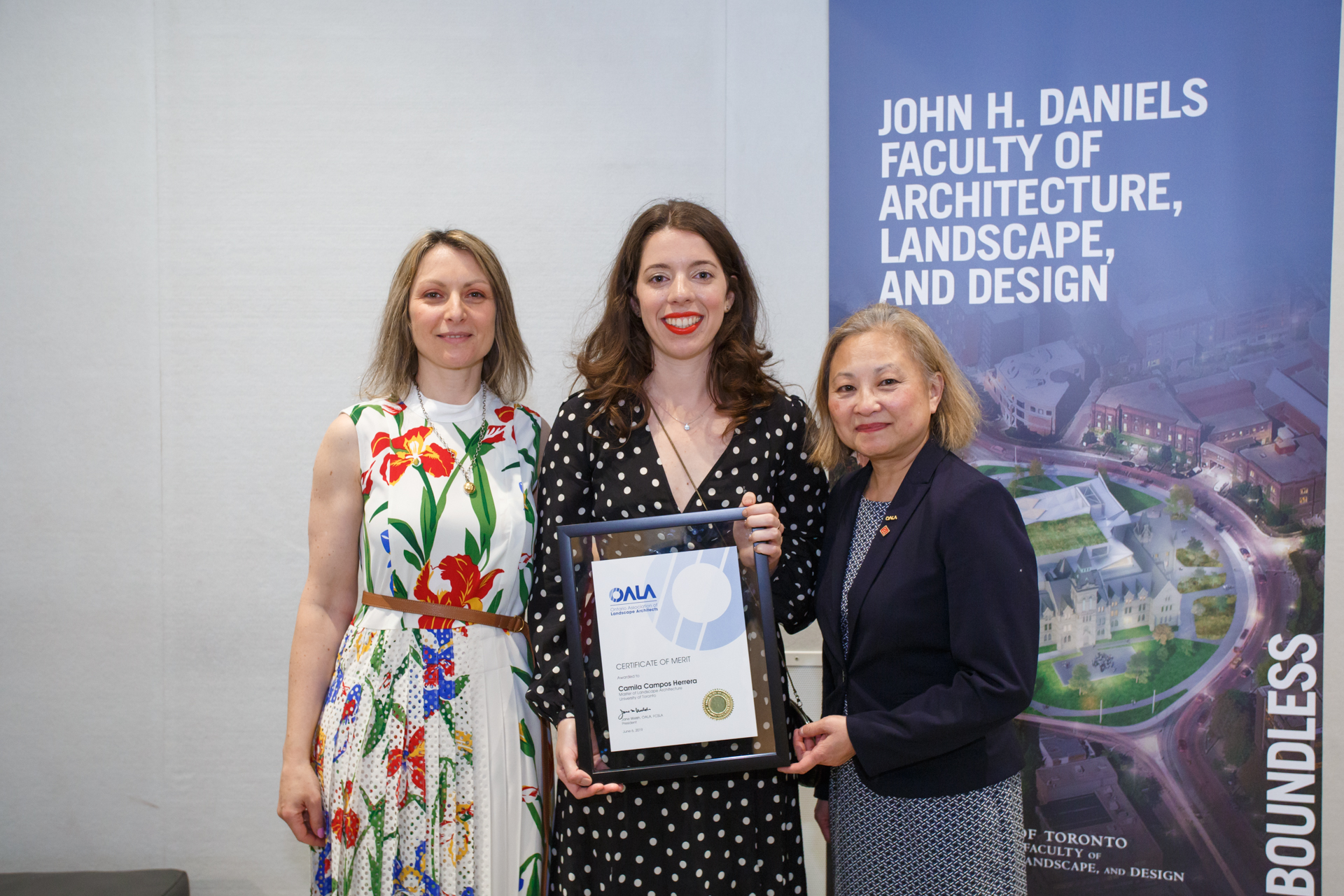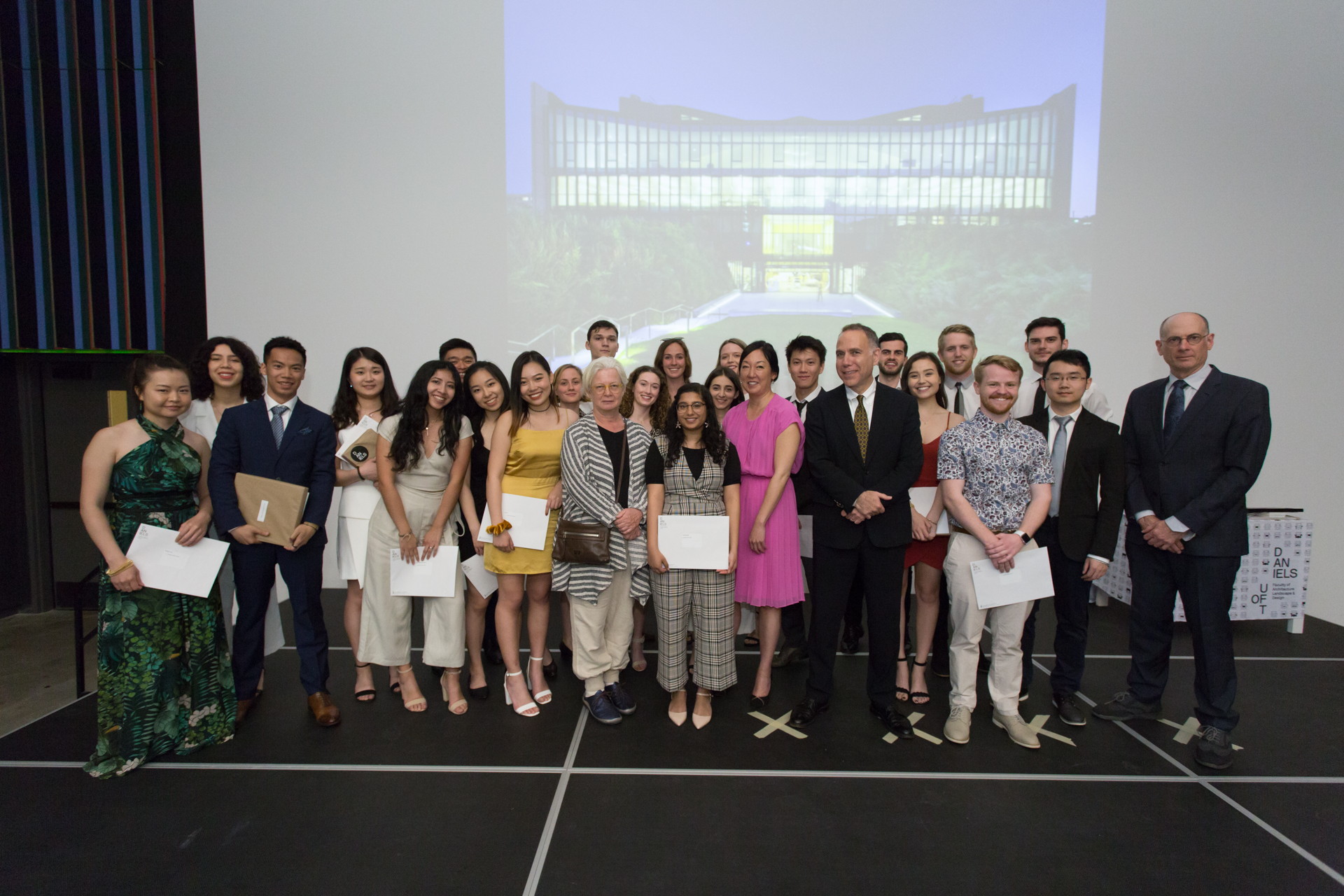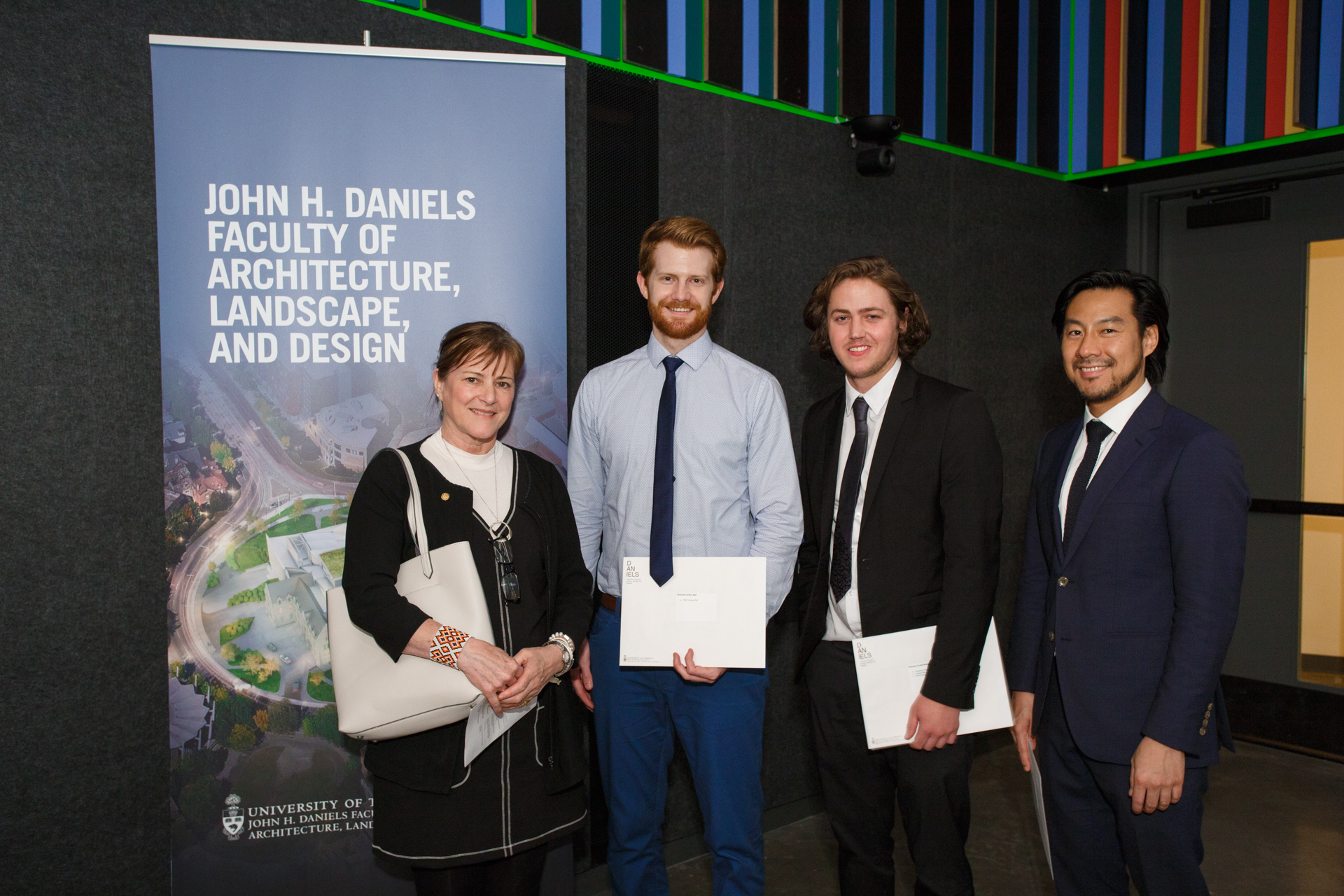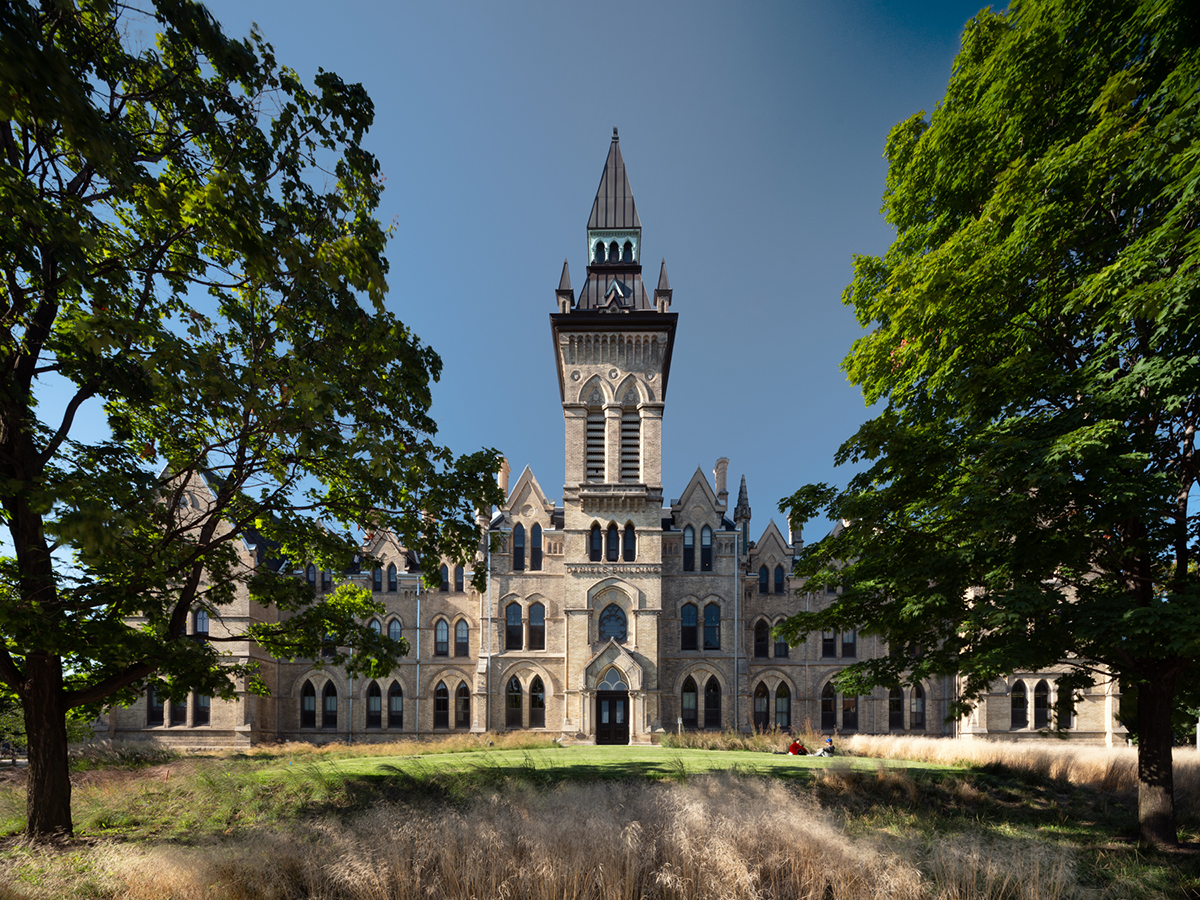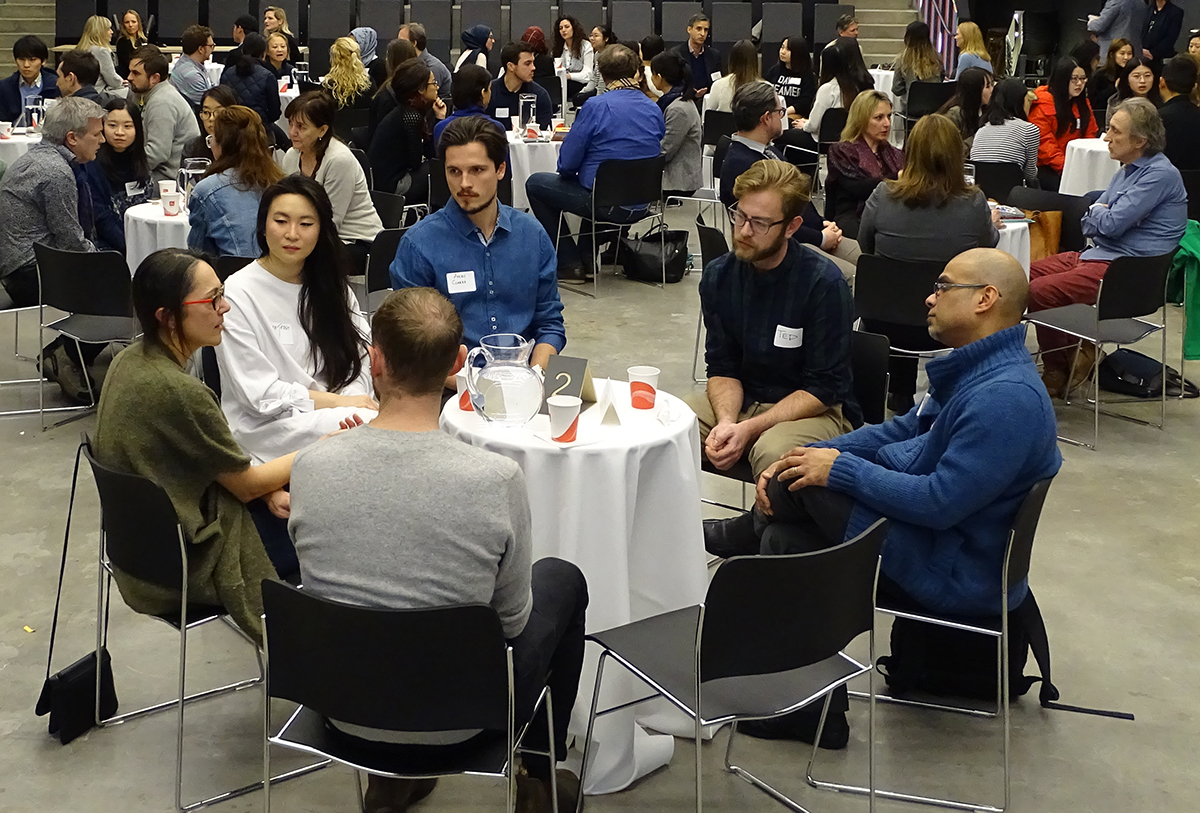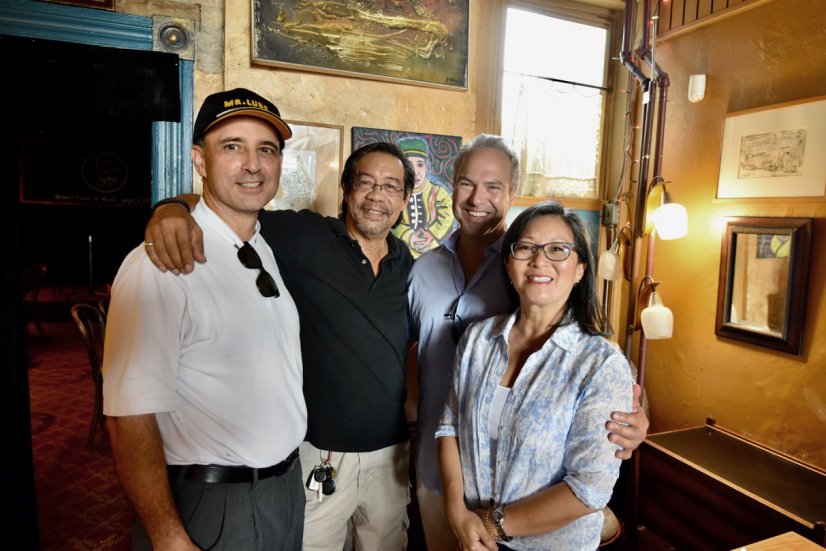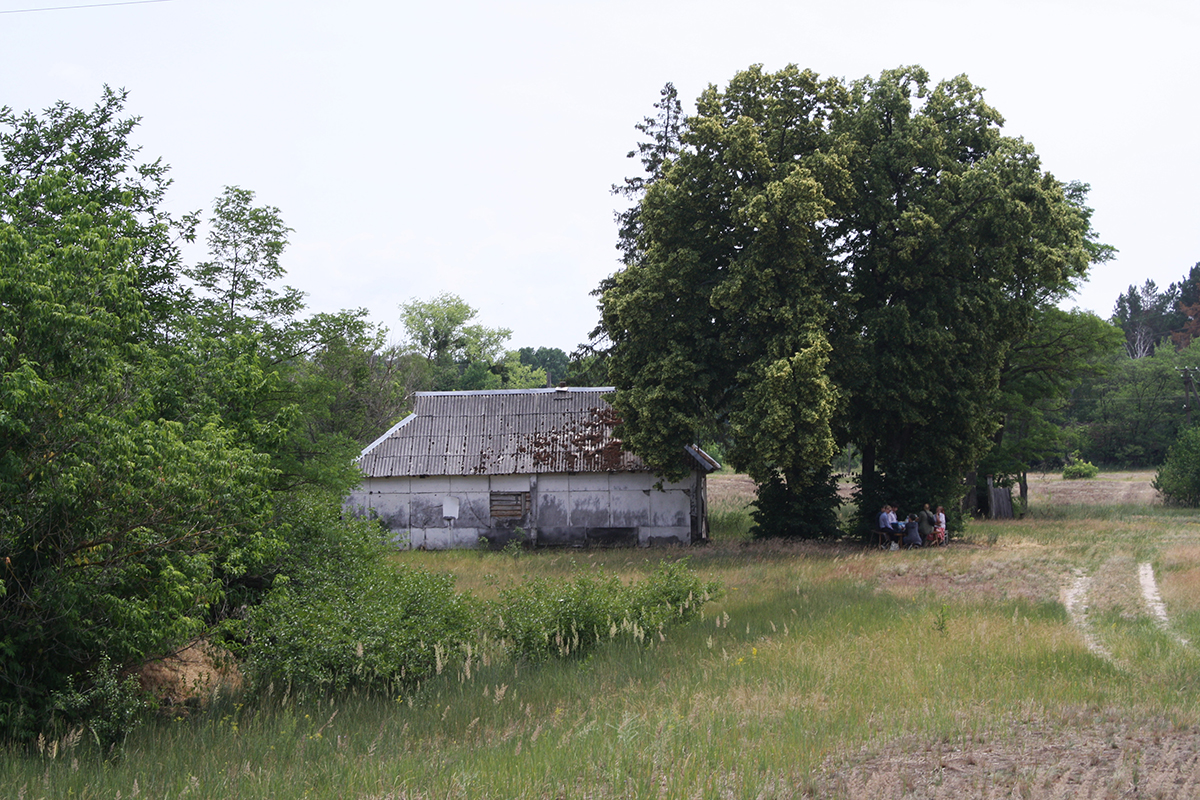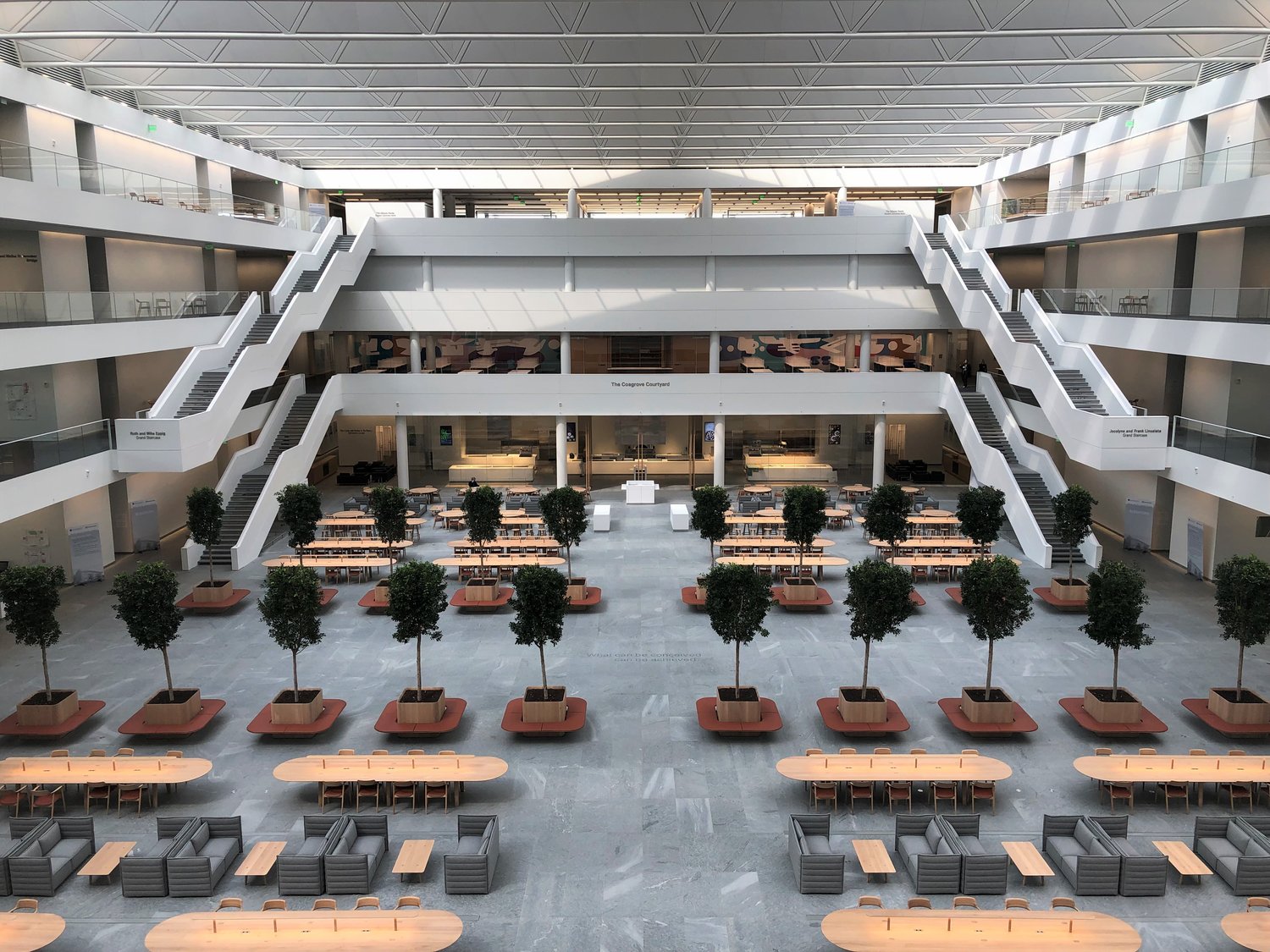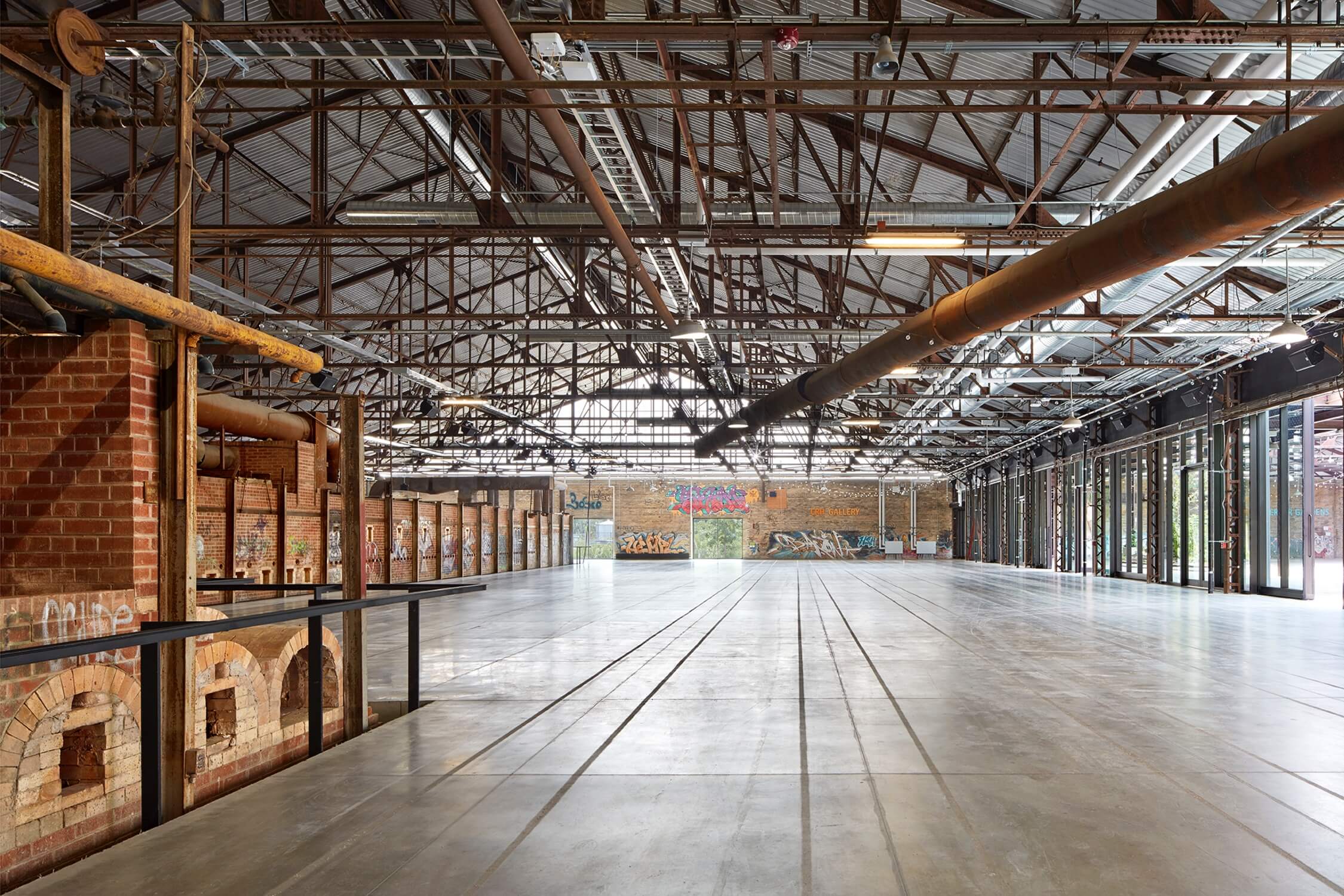
15.09.19 - Drew Adams argues for sustainable construction materials in Azure magazine
Daniels Faculty alumnus Drew Adams (MArch 2011) has co-authored an essay for Azure magazine in which he argues that architects have a responsibility to be more environmentally responsible in their choices of building materials.
The essay, which Adams wrote with Janna Levitt — a 1986 U of T architecture graduate and founder of LGA Architectural Partners, where Adams is an associate — discusses the ways in which adaptive reuse can reduce the carbon footprint of a construction project. The piece takes particular notice of LGA's own design for the reuse of the kiln building at Toronto's Evergreen Brick Works, a former brick manufacturing facility that the firm helped transform into an event and education space.
Adams and Levitt write:
For too long the profession has rationalized using carbon-intensive materials so long as we built to last — and built better... The change needs to happen now. In contrast to the long-term impacts of energy efficiency, embodied carbon is an upfront consideration. While it is possible, for example, to add renewable energy at a later date to offset a building’s operational impacts, the carbon costs of building materials cannot be reversed.



